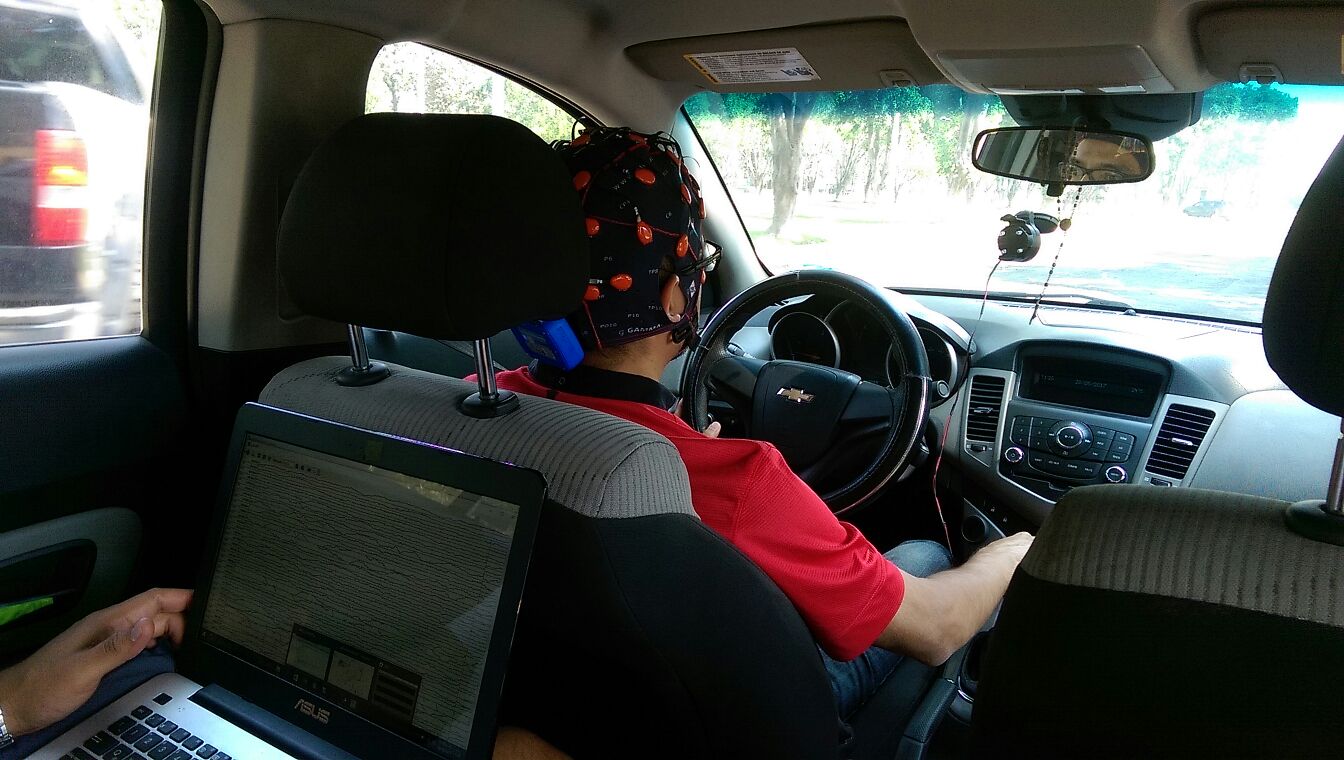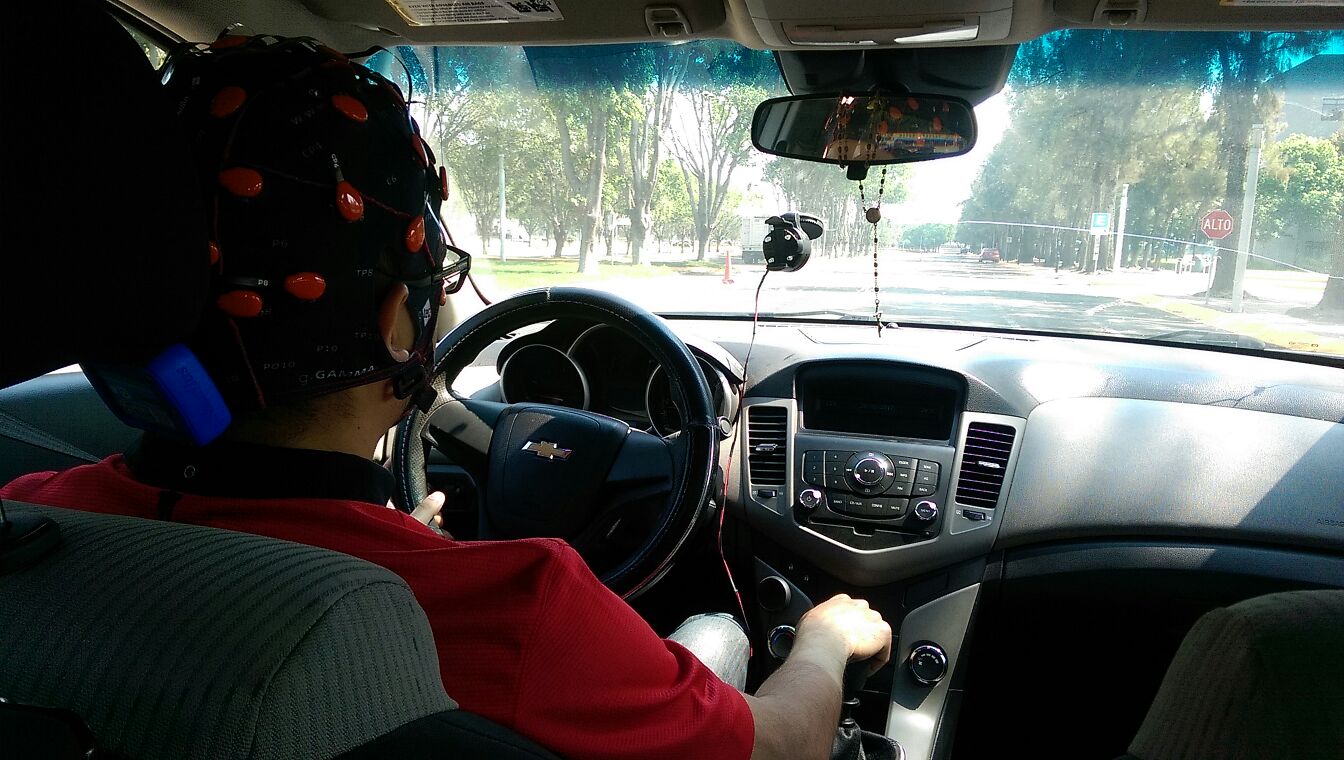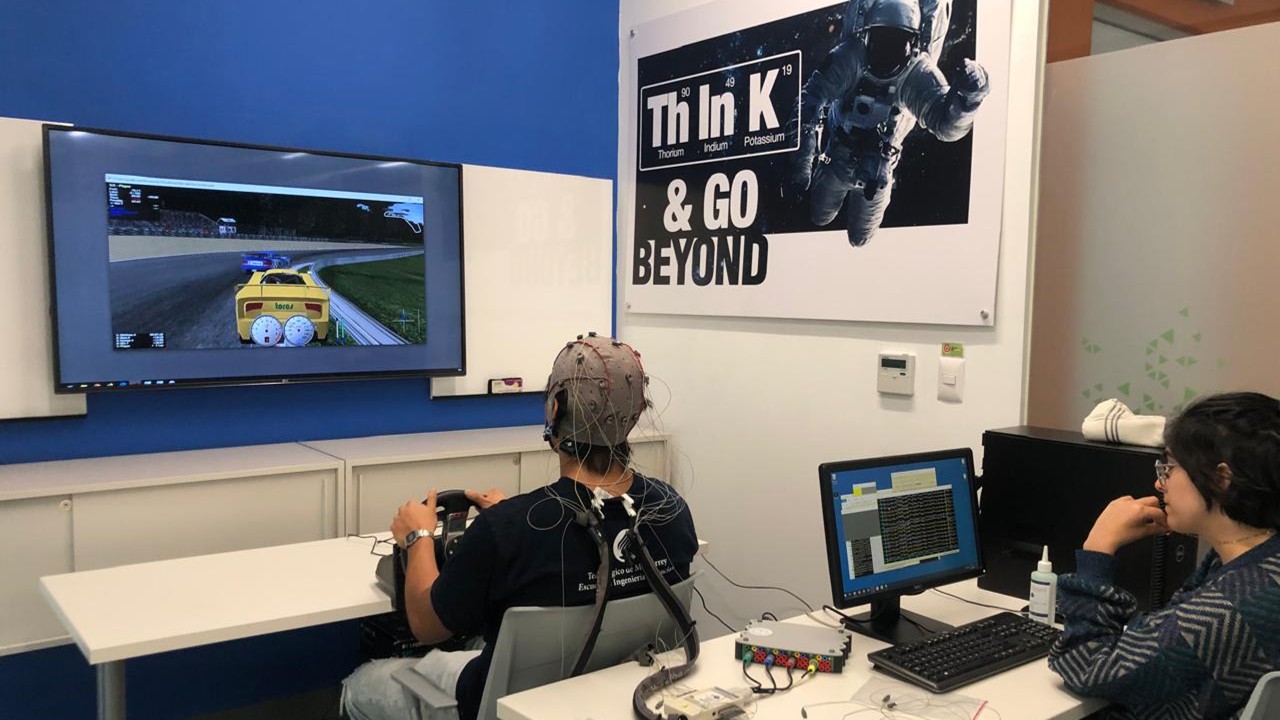Measuring emergency situations and cognitive states during simulated and real driving
Neural decoding for enhanced driving safety and experience
Neural Decoding of Driving Intentions and Cognitive States
The goal of this project is to detect a driver's intention to perform emergency braking as well as to assess cognitive states, such as attention level, fatigue, engagement, drowsiness, and workload, during both simulated and real driving scenarios using neural and other physiological signals. We aim to achieve in-vehicle assessment of user experience through the analysis of electrophysiological signals, neuro-quantification of user experience, and measurement of cognitive states. Our objective is to enhance driving safety and improve the overall driving experience.
Research Focus
- Emergency Detection: EEG-based braking intention prediction
-
Cognitive States:
- Attention level monitoring
- Fatigue and drowsiness detection
- Workload Assessment: Cognitive engagement measurement
- Testing Conditions: Both simulated and real driving scenarios
Project Highlights
- Technology: EEG + Physiological Monitoring
- Application: Automotive Safety Systems
- Key Feature: Real-time intention detection
Technical Details
System Components
- EEG Acquisition System
- Driving Simulator/Vehicle
- Cognitive State Classifier






